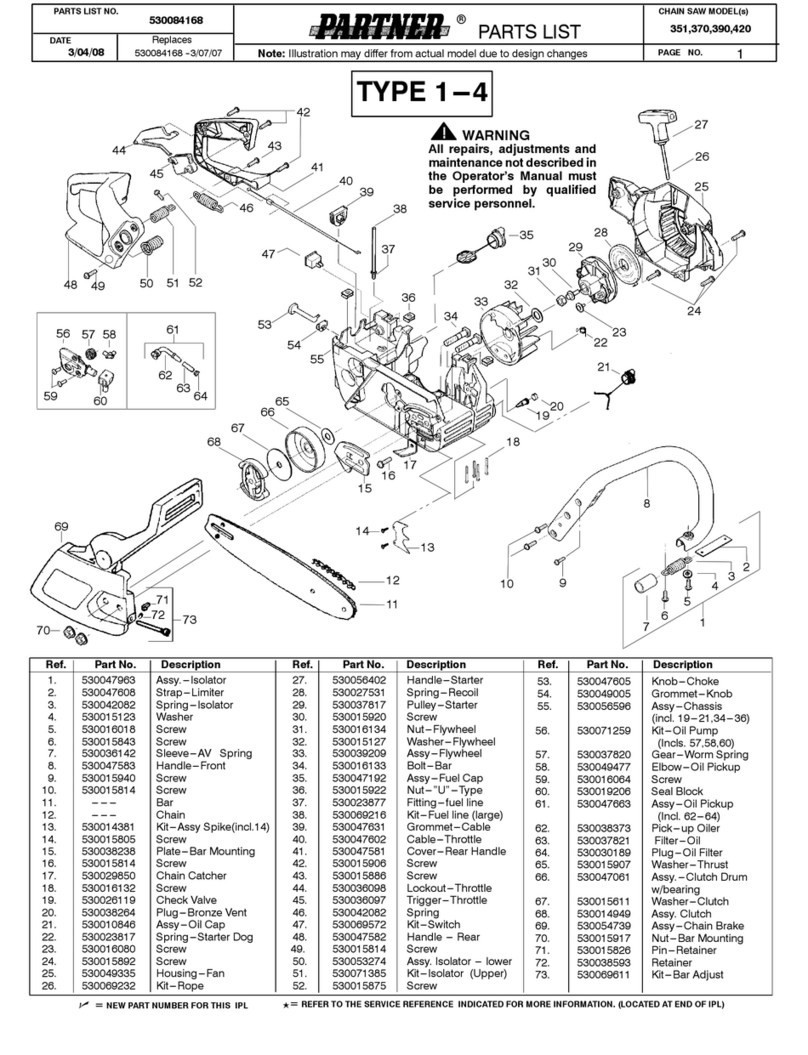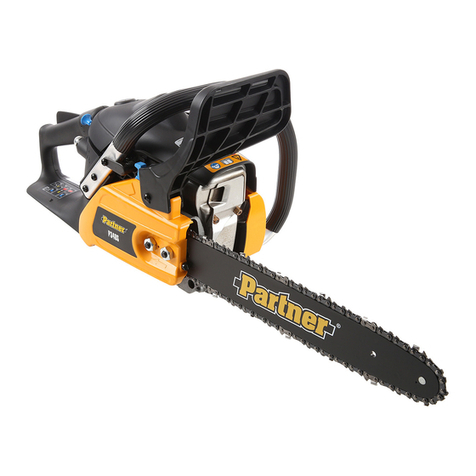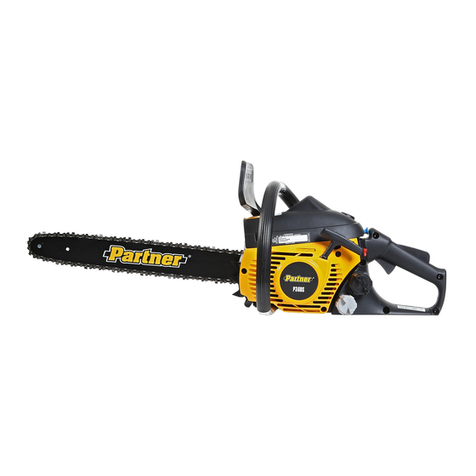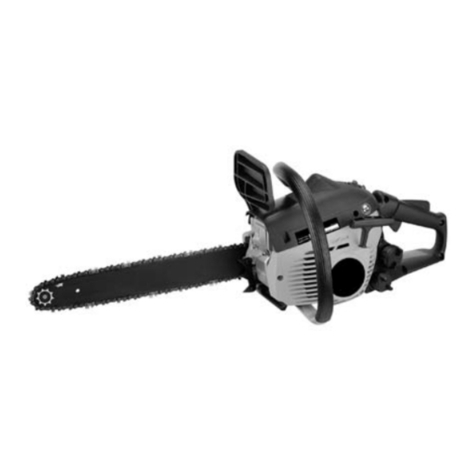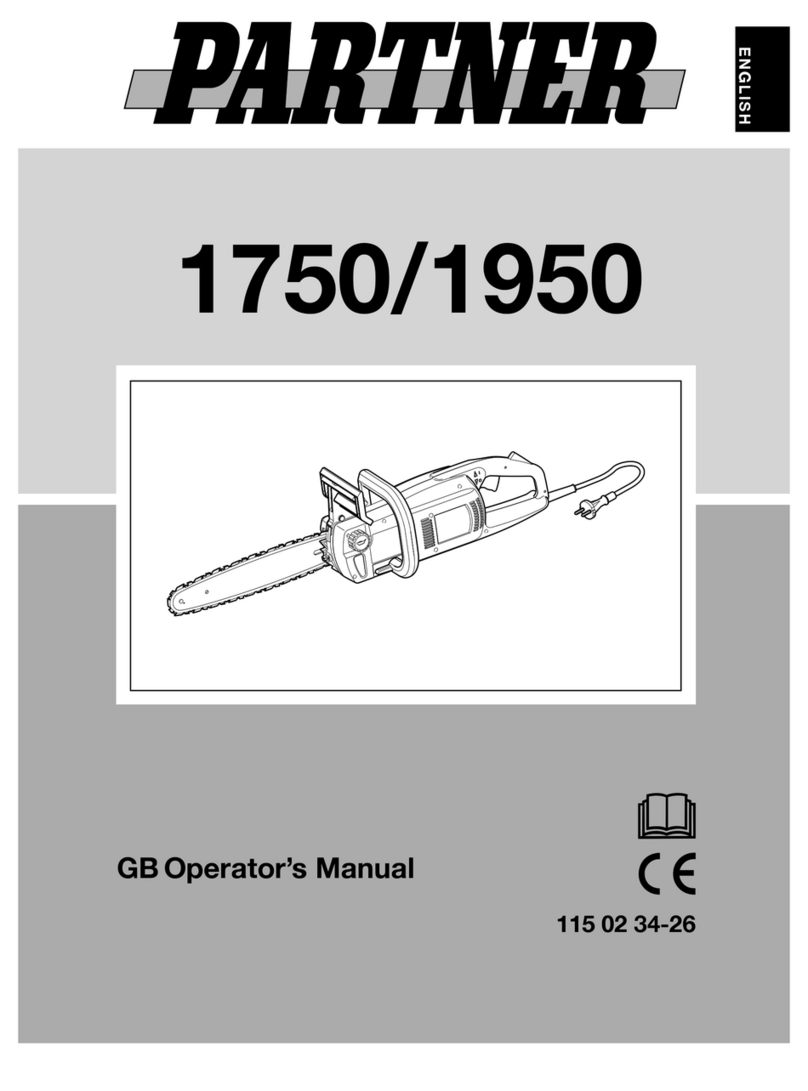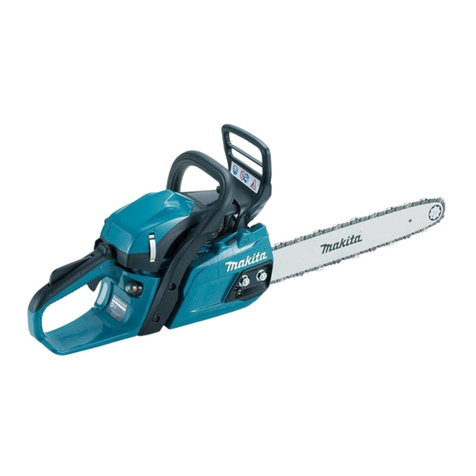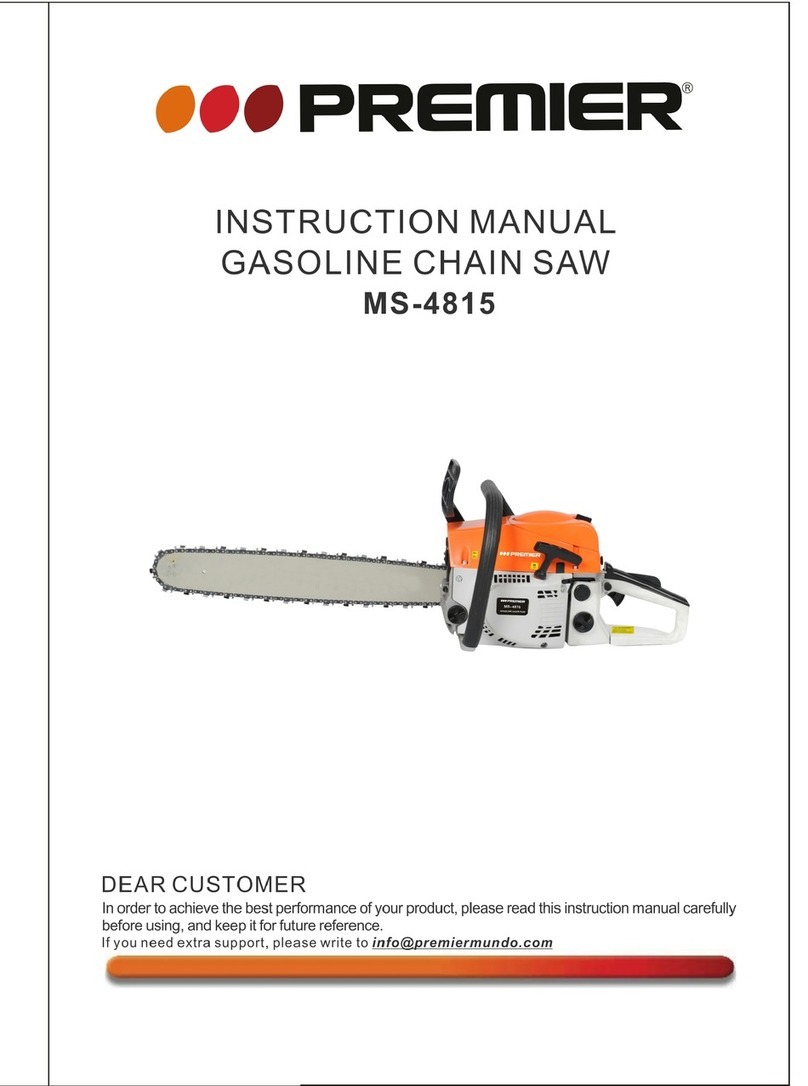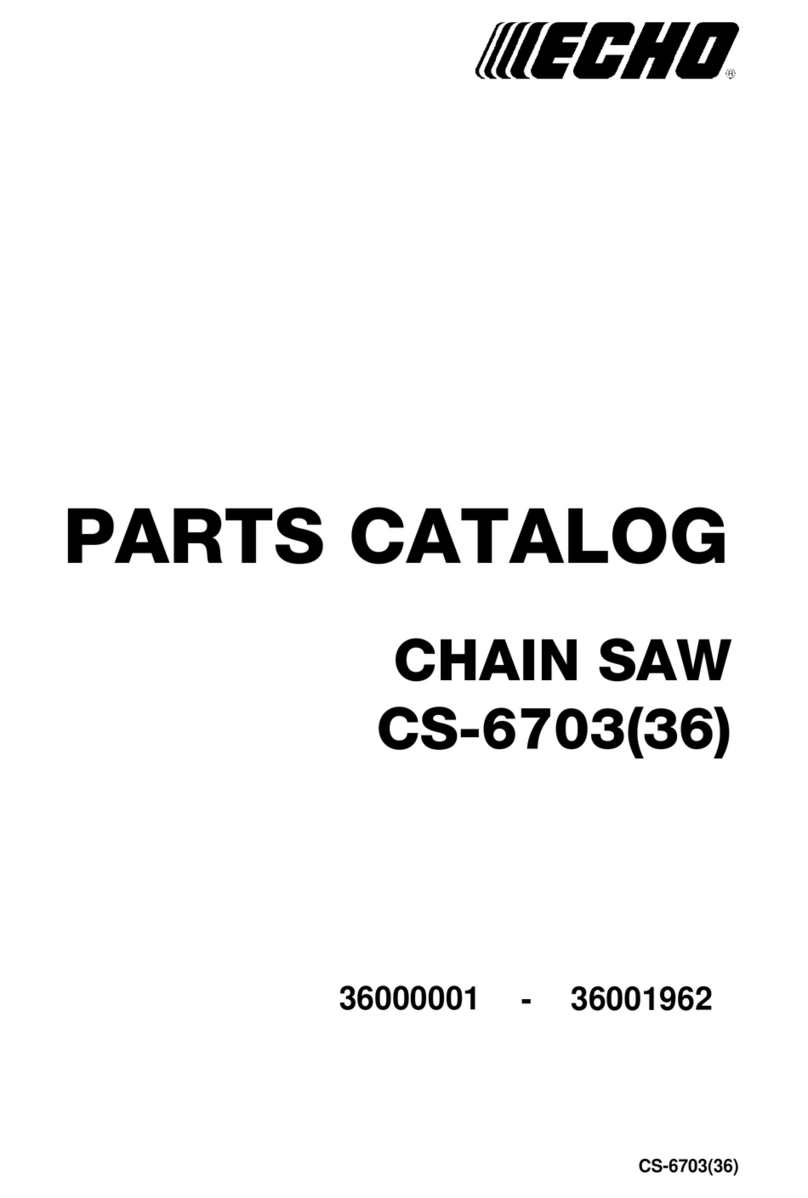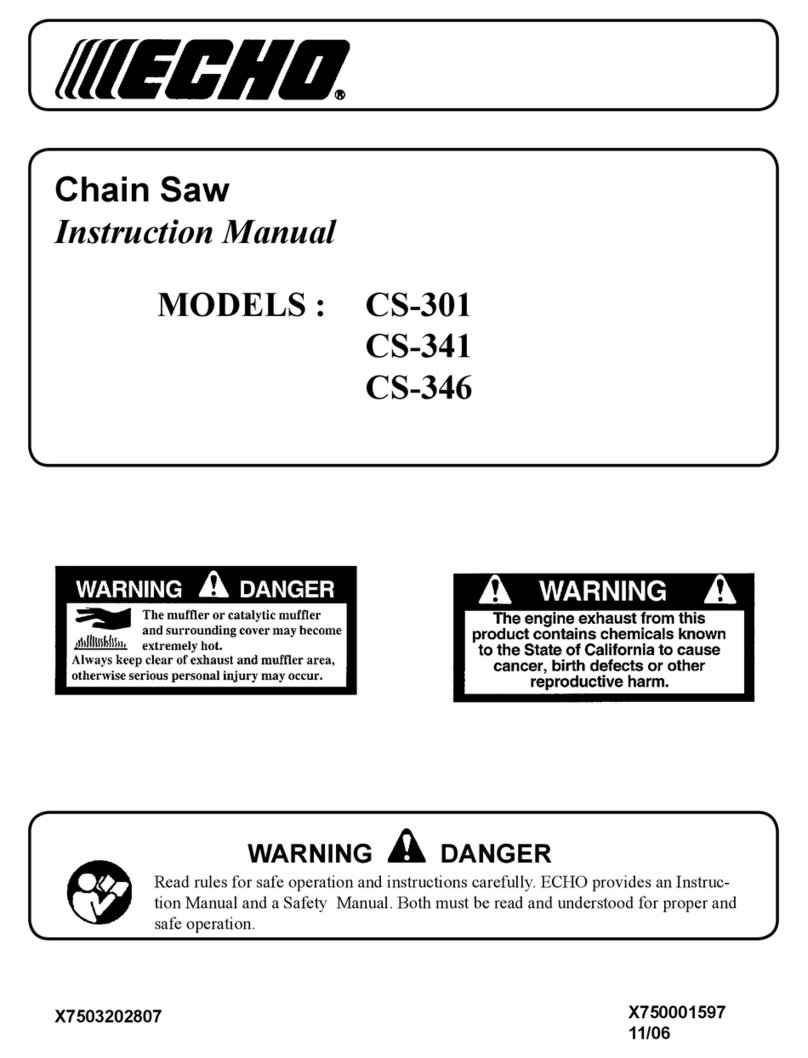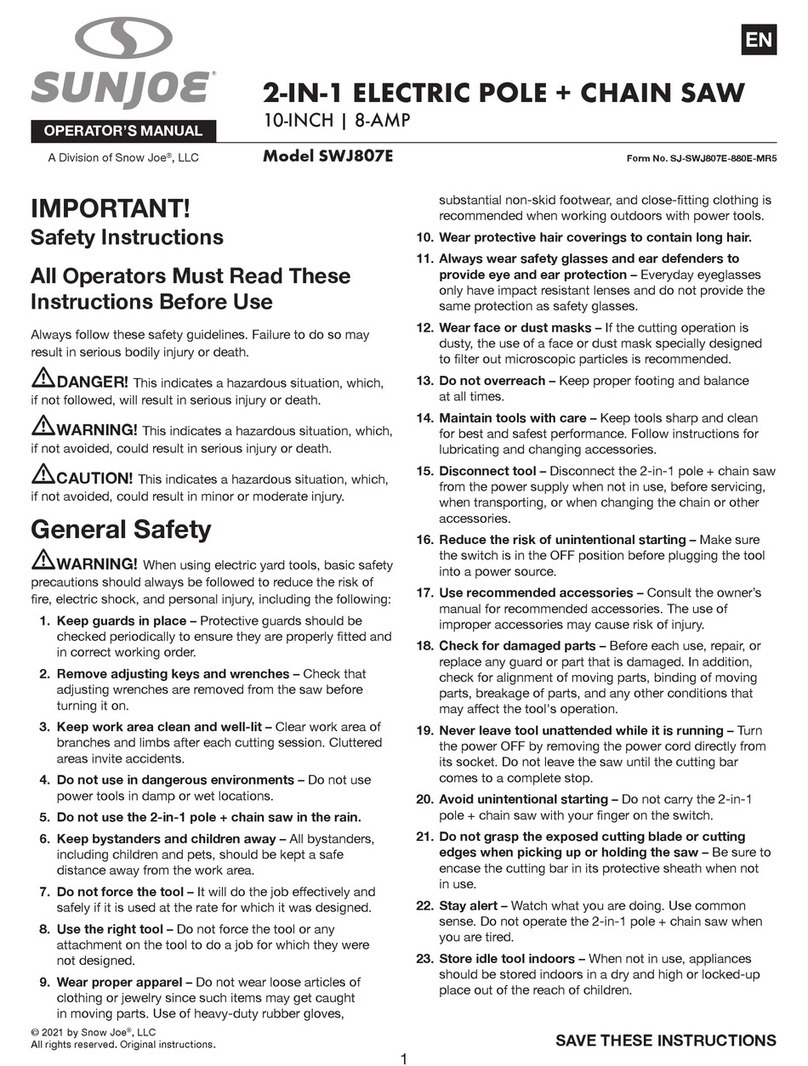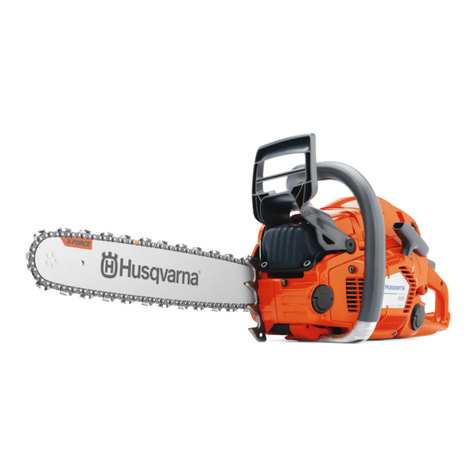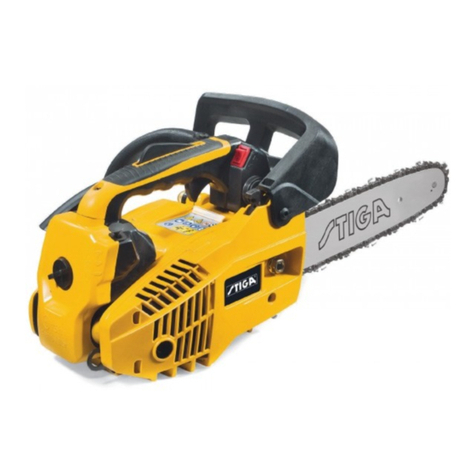S obzirom na program konstantnog
poboljšavanja proizvoda, tvornica pridržava
pravo izmjene tehničkih podataka
navedenih u ovom priručniku, bez
prethodne obavijesti.
HR
Kомпания произвдитель сохраняет за
собой право изменять характеристики и
данные в настоящем руководстве, в
любой момент и без предварительного
извещения.
RU
Tootja jätab endale õiguse muuta
käesolevas kasutusjuhendis kirjeldatud
omadusi ja andmeid suvalisel hetkel ja
sellest eelnevalt ette teatamata.
EE
La casa produttrice si riserva la possibilità
di variare caratteristiche e dati del presente
manuale in qualunque momento e senza
preavviso.
A gyártó cég fenntartja a jogot arra, hogy a
használati utasitásban megadott adatokon
és technikai tulajdonságokon bármikor és
elözetes bejelentés nélkül változtasson.
W związku z programem ciągłego
ulepszania swoich wyrobów producent
zastrzega sobie prawo do wprowadzania
zmian w szczegółach technicznych
wymienionych w tej instrukcji bez
uprzedniego zawiadomienia. Instrukcja jest
częścią wyposażenia
Vzhledem k pokračujicim inovacím si
výrobce vyhrazuje právo mínít technické
hodnoty uvedené v této příručce bez
predčhozího upožornení.
Proizvajalec si pridržuje pravico, da
spremeni značilnosti in podatke
pričujočega priročnika v katerem koli
trenutku in brez predhodnega onvestila.
Zaradi programa za nenehne izboljšave
izdelkov si proizvajalec pridržuje pravico do
sprememb tehničnih lastnosti, navedenih v
tem priročniku, brez predhodnega opozorila.
HU
CZ
SK
SI
PL
IT
Door konstante produkt ontwikkeling
behoud de fabrikant zich het recht voor om
rechnische specificaties zoals vermeld in
deze handleiding te veranderen zonder
biervan vooraf bericht te geven.
Produsenten forbeholder seg all rett og
mulighet til a forandre tekniske detaljer i
denne manualen uten forhåndsvarsel.
Jatkuvan tuotteen parannusohjelman
tähden valmistaja pidättää oikeuden
vaihtaa ilman ennakkovaroitusta tässä
ohjekirjasessa mainittuja teknisiä
yksityiskohtia.
Tilverkaren reserverar sig rätten att ändra
fakta och uppgifter ur handboken utan
förvarning.
Producenten forbeholder sig ret til
ændringer, hvad angår karakteristika og
data i nærværende instruktion, når som
heist og uden varsel.
NL
FI
SE
DK
NO
La firma productora se reserva la
posibilidad de cambiar las caracteristicas y
datos del presente manual en cualquier
momento y sin previo aviso.
A casa productora se reserva a
possibilidade de variar caracteristicas e
dados do presente manual em qualquer
momento e sen aviso prévio.
ES
PT
Due to a constant product improvement
programme, the factory reserves the right
to modify technical details mentioned in
this manual without prior notice.
Im Sinne des Fortschritts behält sich der
Hersteller das Recht vor, technische
Änderungen ohne vorherigen Hinweis
durchzuführen.
La Maison se réserve la possibilité de
changer des caractéristiques et des
données de ce manuel à n’importe quel
moment et sans préavis.
DE
FR
Izgatavotājs saglabā tiesības jebkurā brīdī
un bez brīdinājuma mainīt šarā
rokasgrāmatā esošos datus un raksturlīknes.
LV
Λόγω προγράģģατος συνεχο ‘θς βελτίωσης
προιόντων, το εργοστάσιο επιφυλάσσεται του
δικαιώģατος να τροποποιεί τις τεχνικές
λεπτοģέρειες που αναφέρονται στο εγχειρίδιο
αυτό χωρίς προηγούģενη ειδοποίηση.
GR
Datorită unui program constant de
îmbunätăţire a produsului, fabrica își
rezervă dreptul de a modifica detaliile
tehnice prezentate în acest manual fără
notificare prealabilă.
RO
Dėl pastovios gaminio tobulinimo
programos, gamykla pasilieka teisę pakeisti
šiose instrukcijose pateiktus techninius
duomenis be išankstinio pranešimo.
LT
Üretici firma bu kullanma kılavuzunda yer
alan özellik ve verilerin istediği zamanda ve
haber vermeksizin değiştirebilme hakkini
kendinde sahip tutar.
TR
GB
Zbog programa stalnog poboljšanja
proizvoda fabrika zadržava pravo na
izmenu tehničkih specifikacija navedenih u
ovom uputstvu bez prethodne najave.
RS
Zbog programa stalnog poboljšanja
proizvoda, tvornica zadržava pravo izmjene
tehničkih detalja navedenih u ovom
priručniku, bez prethodne najave.
BA
Изпълнявайки своята програма за
постоянно подобряване на продуктите,
заводът си запазва правото да променя
техническите детайли, упоменати в това
ръководство, без предизвестие.
BG
У зв’язку з постійним покращенням
продукції, компанія-виробник зберігає
за собою право змінювати
характеристики, зазначені у цьому
керівництві без попереднього
повідомлення.
UA




